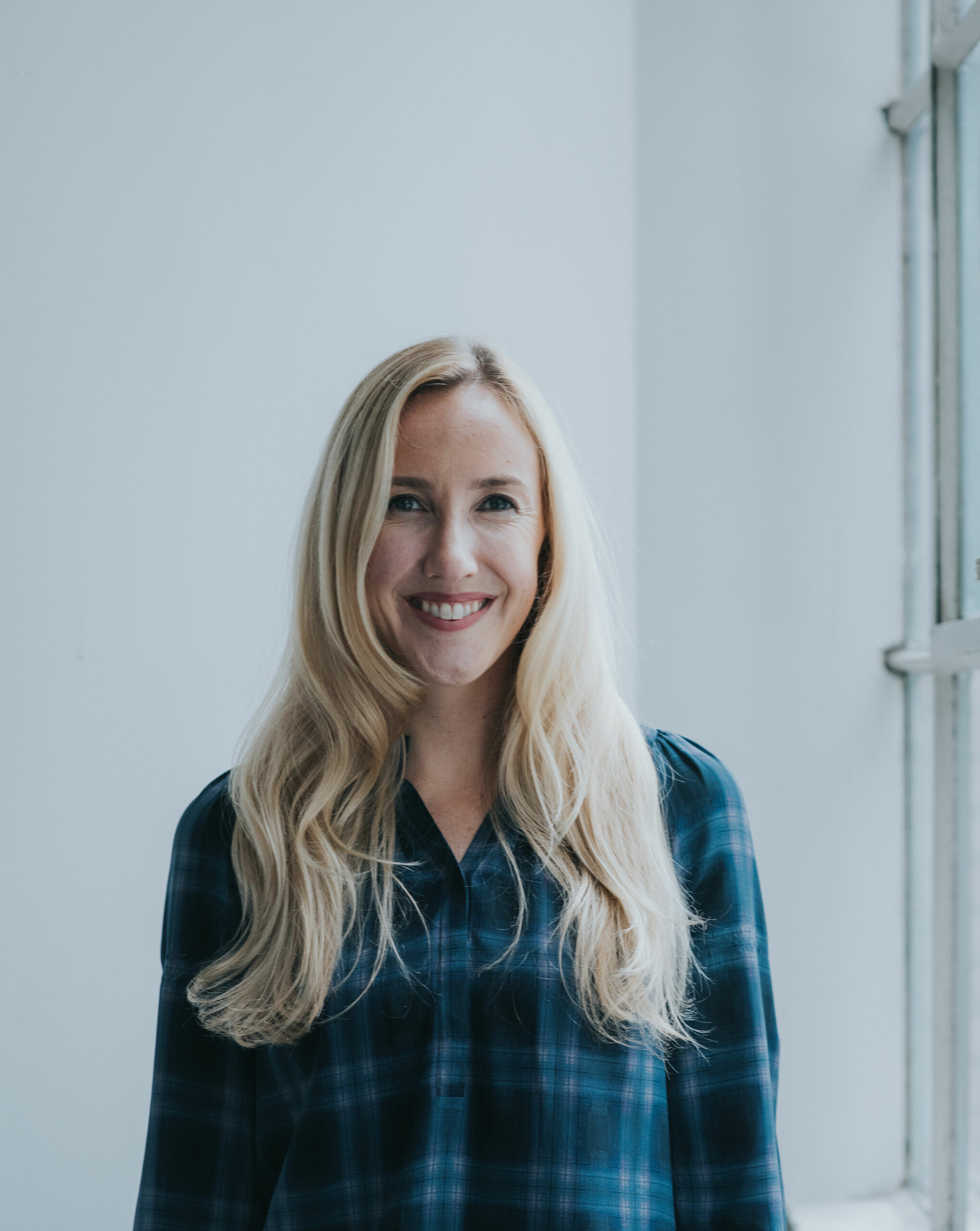Co-founders Julian Laval and Ali Imani had been diligently building Center, an AI-based coach for people with diabetes, for four years when the time came to take Center to the next level. Julian needed a work visa to join Ali in the Bay Area in order to establish a U.S. hub and accelerate growth. After shopping around, Julian found Legalpad. Julian’s path to an O-1 approval was methodical and timely. With an O-1 approval in hand, Julian and Ali are advancing Center to improve the lives of those managing diabetes.
When they first met, Julian Laval and Ali Imani were developing separate diabetes startups. The two quickly realized that they not only have complementary skill sets but they also share personal stories. The efforts that started as Julian’s quest to manage his Type 1 diabetes, and Ali assisting a relative in managing Type 2 diabetes, transformed into Center: the world’s first fully AI-based coach for people with diabetes.
Today, there are approximately 400 million people with diabetes worldwide. That number is projected to increase by 2040 to 650 million, concentrated in developing countries. Patients and medical professionals need new ways to manage the day-to-day needs of this mounting number of people with diabetes. Most of the current consumer-facing apps are simple logbooks with minimal features. While human coaching is a well-accepted method to manage diabetes, the demand is too great and the cost is too high. Currently, there is only one coach for every 1,000 diabetes patients in the U.S.

Center combines data and coaching in a simple and delightful app experience, critical for building habits that stick. Julian and Ali’s goal was for the app to be so easy to use that patients are excited to manage their diabetes. “I was thrown into the deep end when I was first diagnosed with Type 1 diabetes as a teenager,” Julian shared. “The mental effort required to track your blood sugar and to understand why your blood sugar is either high or low is a lot to manage,” Julian added. Additionally, Center’s Nano and Duo products make it quicker and easier to test blood sugar levels and provide the context for making improvements. Center uses AI to spot trends, find hidden patterns, and, ultimately, make recommendations to improve and keep patients motivated.
The Center team also recognizes the personal dimension of diabetes. “We recognize that diabetes is a very emotional problem. We’ve taken the approach to build Center like you would a social media app with a focus on the user experience with their best interests in mind. Every team member at Center has a personal connection to diabetes, which informs how we are building our products,” Julian explained. Center’s user-focused products generate results. Julian added, “More than half of our patients have managed to decrease their blood sugars more than two times what has been previously possible with human coaching.”
What's Next For Center
Center’s team has doubled in size in the past six months, and they have been busy. The team recently launched Center Teams, a patient communication portal. Patients can use Center Teams to connect with their care teams and loved ones, and care teams can use it to monitor patients in real time. The team also introduced the first phase of Aria, Center’s AI assistant. Aria spots positive trends and opportunities for improvement and points them out to users. This critical piece is missing from other consumer apps.
Center’s benefits for people with diabetes may be expanded to help people with other chronic conditions. Julian explained, “The learnings we are in the process of developing for diabetes are very transitive to other chronic conditions, such as hypertension and high cholesterol. We are a software and user experience company. If we can manage to get diabetes patients to be enthusiastic about managing their health on a day-to-day basis, hopefully, we can apply that to other conditions.”
Making the Move to the United States
Julian previously traveled to the U.S. on ESTA and B-1 visas, but their limited duration and the inability to work under them was no longer a viable option.
“To bring Center to the next level, I needed more flexibility to be in the U.S. for an extended period of time,” Julian said. “We would like to have a hub in the Bay Area, even though we will always have a global team. We had been mulling this over during the last few years. We talked to various attorneys. The O-1 popped up with other options, but the O-1 was not the easiest.”
The most intense part of the planning process was determining which visa option to pursue. Julian explained, “The O-1 wasn’t a given. Determining the eligibility criteria was uncertain. We put this on the back burner for about a year because of timing and COVID, but we reached a point at which it became necessary for me to spend more time in the U.S.” Julian heard about Legalpad from a friend. “Working with Legalpad was the right choice. Expectations were laid out in the beginning, and it was a smooth process overall. I felt like we were in good hands,” Julian shared. As a founder with O-1 status, Julian now has the flexibility he needs to live and work in the U.S. on a longer-term basis. Center already has patients in all 50 states. “The biggest opportunity now is for us to pour more fuel on the fire, now that I can be closer to our headquarters. We can move faster with this new proximity to my cofounder and the Bay Area ecosystem.”




